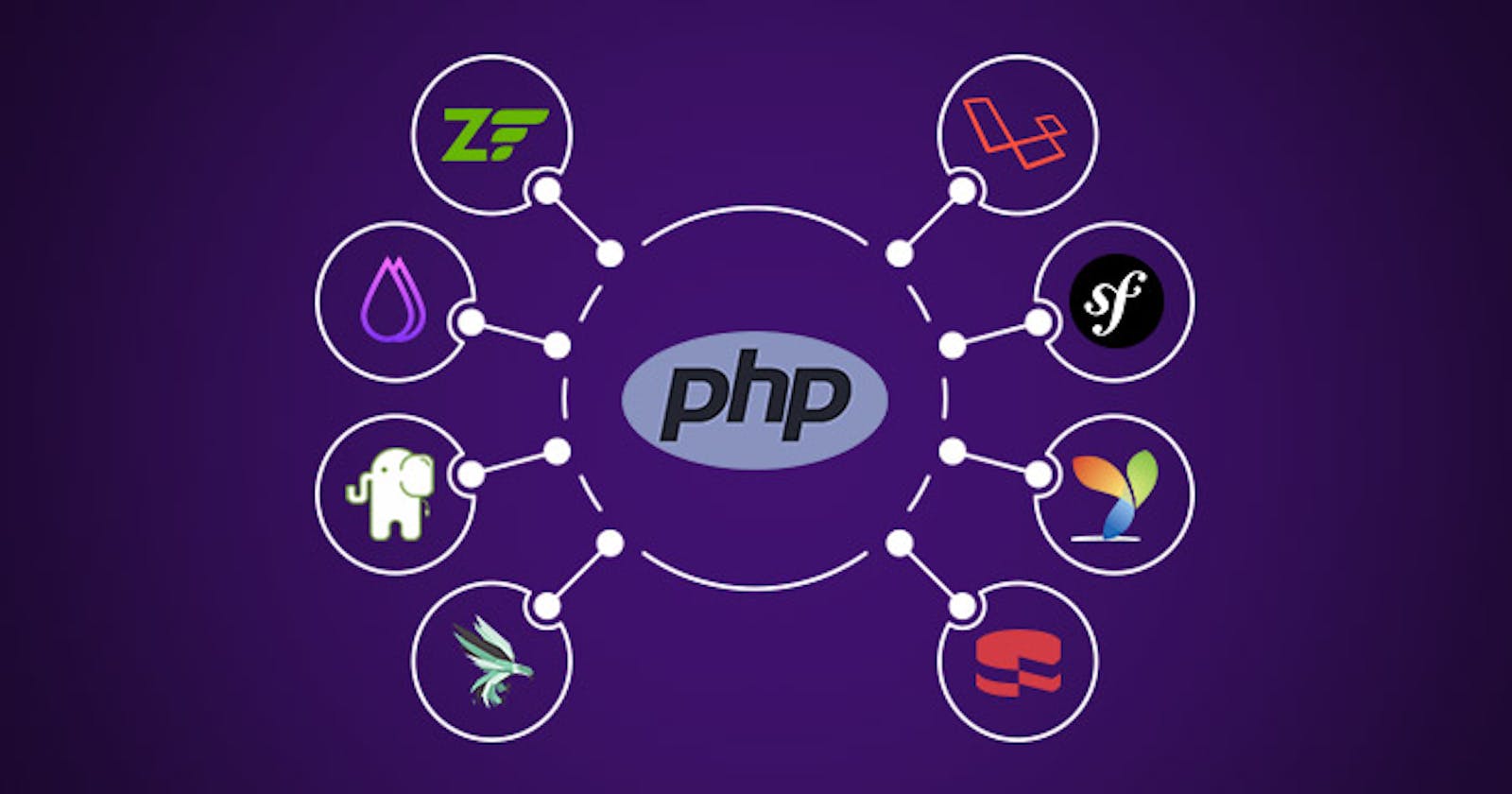Table of contents
No headings in the article.
One of the most important pieces of any developer's toolkit is a great framework that helps them develop their projects more quickly and with less frustration.
PHP is the most popular programming language on the web. It is used in over 80% of all websites. PHP frameworks are frameworks that are written in PHP and provide a collection of libraries and functions to help you build your website or application more efficiently.
To help you find out which one best fits your needs, I've compiled a list of the 7 best PHP frameworks and will be outlining their main features and benefits. Let's get started.
The first framework we're going to be looking at is:
- Laravel
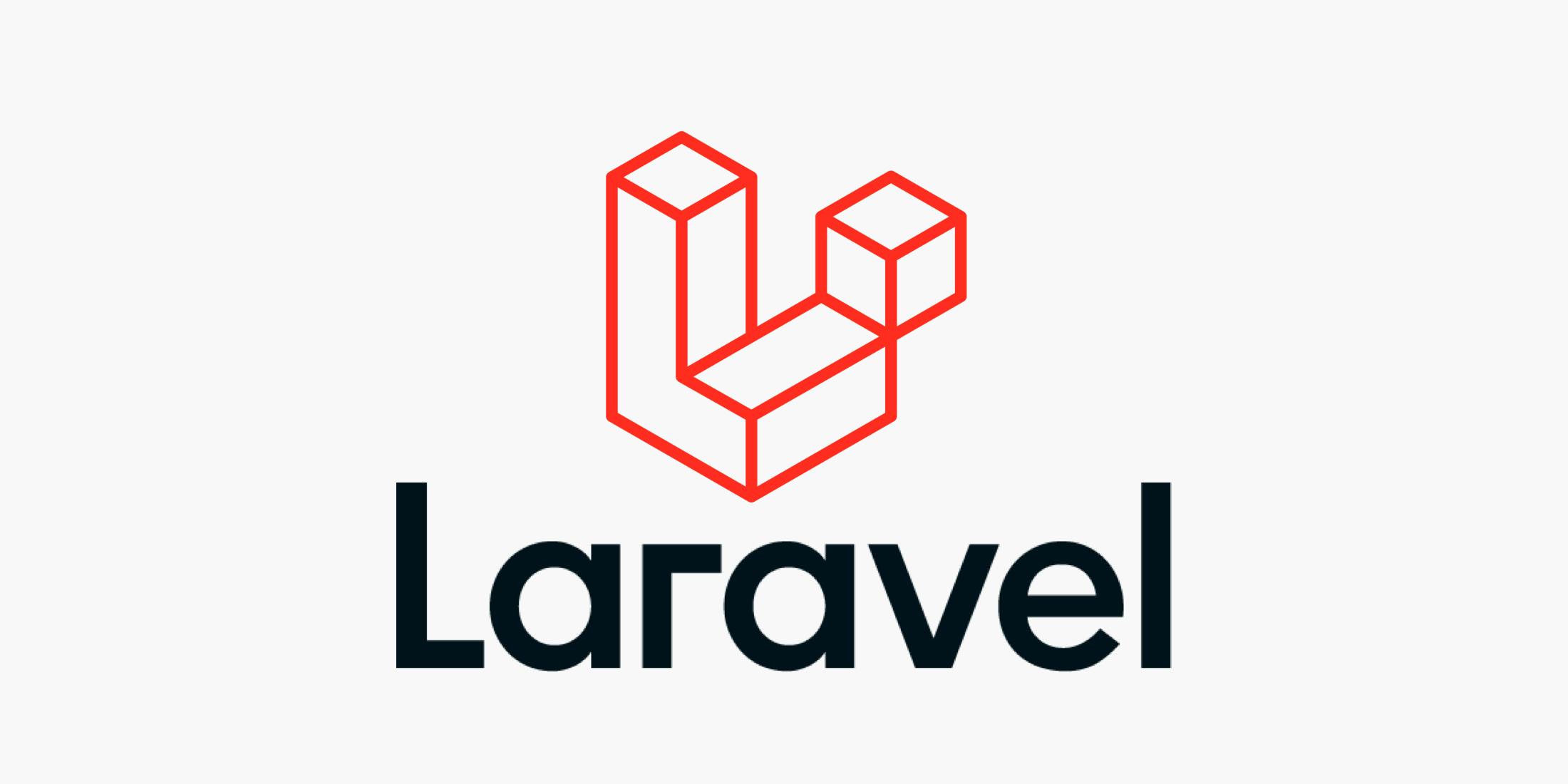
Laravel is a well-known and comprehensive PHP framework that is known for its elegant syntax. It was created by Taylor Otwell as an alternative to the CodeIgniter framework which didn't have user authentication and authorization. It has many features and built-in functions, making it an excellent tool for customizing complex apps performing user authentication, session management, and caching.
Main features:
- Laravel Homestead setting
A vibrant programming community
Functionality packages for Laravel
Pre-installed features
There are also packages available to extend the framework. Laravel-specific packages are only compatible with Laravel, whereas framework-independent packages are compatible with all PHP frameworks.
One example of a Laravel package is the Laravel Homestead. It's a pre-configured Vagrant box that provides a virtual computer for local web development. This allows web developers to construct PHP web apps without the need for a web server or the installation of PHP on a local computer. Another example is called Packalyst. This serves as a library or directory with more than 15, 000 packages for easy use in your project.
Laravel's vibrant programming community such as Laravel. io, Laracasts, and The Laravel subreddit provide tutorials, blogs, or courses for beginners looking to learn a PHP framework.
Some popular companies that make use of Laravel frameworks are; Pfizer, Vogue Archive, etc.
- CodeIgniter
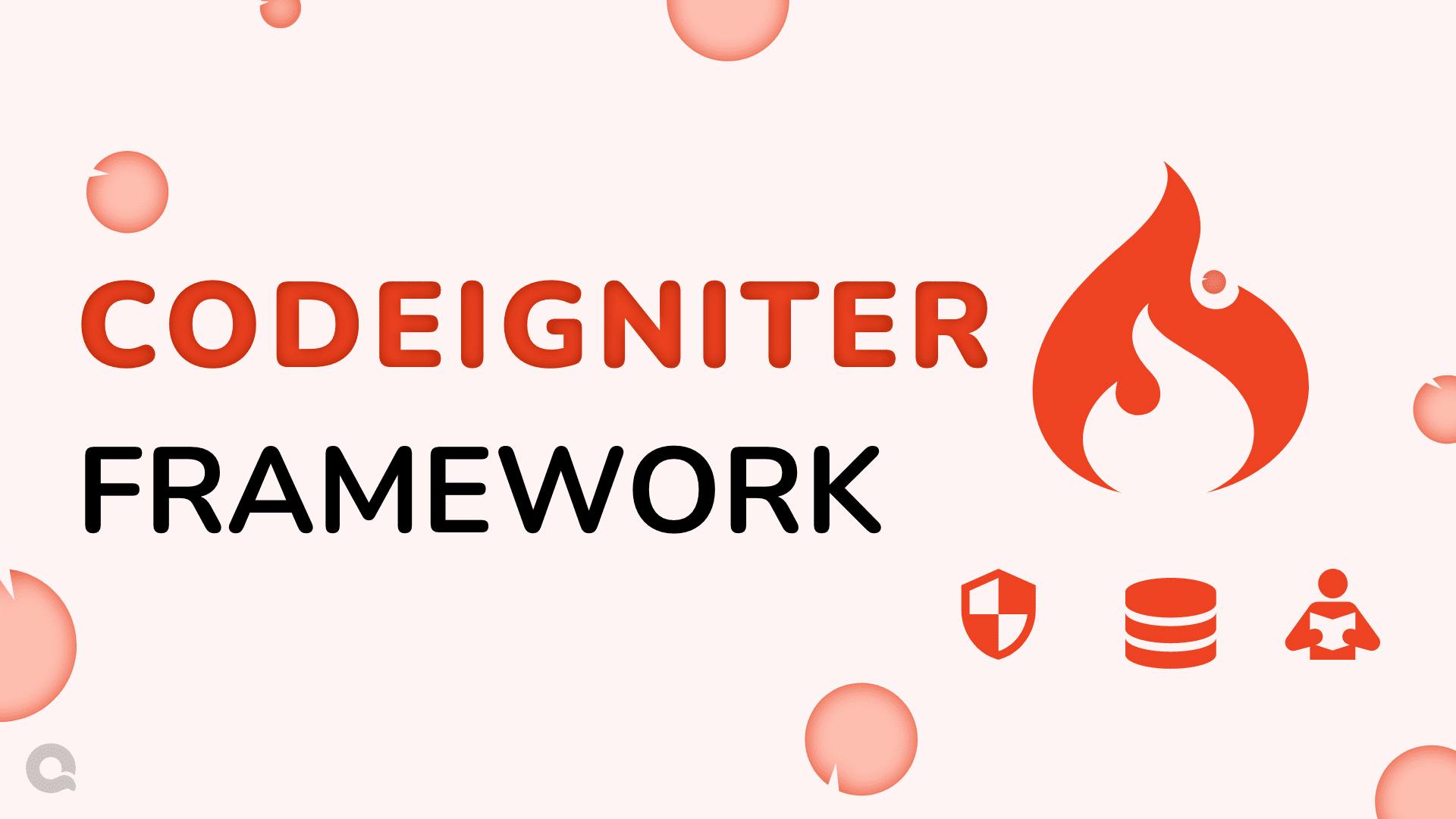
CodeIgniter is a lightweight PHP framework built for developers. It offers a simple and aesthetically pleasing toolkit to create full-featured web applications and it is a lightweight PHP framework that occupies less than 1.2 MB of disk space. As a consequence, it guarantees faster page loads while having little impact on your web server and apps.
Main features:
- CodeIgniter, in contrast to other frameworks, is a lightweight and basic PHP framework. Its simplicity of use and well-illustrated instructions make it ideal for newbies.
- CodeIgniter outperforms comparable frameworks in terms of speed. Because of its strong performance, it is a feasible alternative for designing lightweight programs for tiny servers.
- Highlights include MVC design, solid error handling, security features, and simple and excellent documentation. It also creates apps that are scalable.
- CodeIgniter is adaptable, with MVC and non-MVC design patterns available. With its MVC design, larger developer teams can accelerate the development process, whilst smaller teams or solo developers can code without it.
This framework also has strong security features. They include context-sensitive escape, content security controls, and anti-cross-site request forgery and scripting protection.
CodeIgniter is used by a variety of companies, including Udemy, Casio, Buffer, Medical Guardian, etc.
- Symfony

The Symfony framework was initially made available in 2005.
Symfony is a powerful PHP framework with a modular component architecture. For your project, you may select from over 50 reusable PHP components and if you just require a little amount of assistance, you may select which modules to utilize rather than relying on the entire collection. The built-in toolbar makes debugging Symfony projects simple.
Furthermore, Symfony makes use of Twig, a fast template engine with a simple syntax. Its built-in debugging tool will guarantee that your project functions properly.
Main features
- Configuration of individual components. It is possible to reuse PHP components. It is also database engine independent, dependable, adheres to the majority of online best practices and design concepts, and can be combined with other vendor libraries.
- It has a versatile and comprehensive debugging toolbar that shows all of the required information to make debugging straightforward.
- Symfony is an excellent framework for developing large-scale enterprise applications. It's straightforward to set up and configure on most computers.
- Twig template engine
- Outstanding documentation
Another advantage of using Symfony is that it supports a variety of databases more than most popular PHP frameworks. Examples are MySQL, PostgreSQL, Oracle, etc. The Symfony Community has over 600,000 developers actively involved where you can learn and get helpful documentation and guides.
Companies such as OpenSky, Magento, etc. use the Symfony framework in their projects.
- Laminas Project
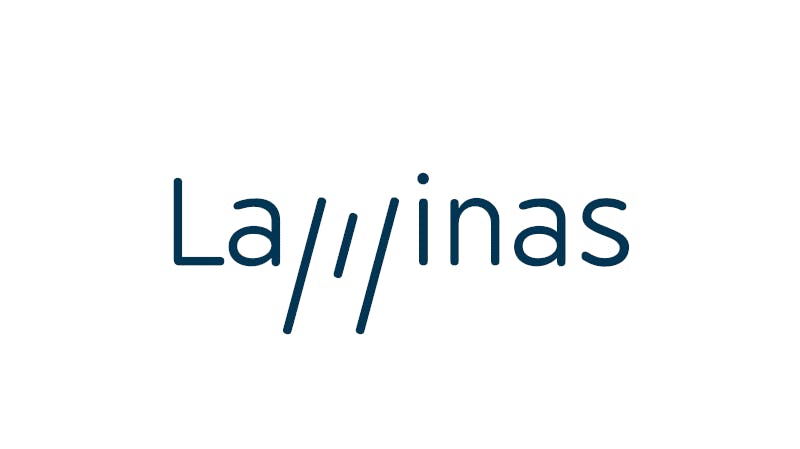
Laminas is Zend's PHP framework's successor or replacement. Laminas Projects are frequently referred to as a glue framework due to their component-based design.
The Laminas Project is split into three parts:
- MVC and Laminas Components The primary PHP framework, which includes PHP application components such as dependency injection, input validation, and parsing.
- Mezzio. A PHP middleware application builder that handles HTTP requests using PSR-7 and PSR-15.
- API Instrumentation. A RESTful API builder for HTTP APIs that leverages Hypertext Application Language and Problem Details. Validation, permission, and authentication functions can also be implemented using the tools.
The PHP framework from laminas is an object-oriented and MVC-based framework that allows you to load only the components you need as standalone libraries. Furthermore, the components and the MVC framework adhere to corporate development principles, making them appropriate for sophisticated web applications.
This strategy, together with the framework's object-oriented structure, allows for extensive code reuse. You can interface the platform with additional libraries in order to expand its capability even further. Unfortunately, the platform is extremely difficult to learn and may frighten newcomers. Switching from Laravel to Laminas Project might be a difficult transition.
As a result, if you're an experienced developer who prefers object-oriented programming, you can go for Laminas Project. For cooperation and assistance, the Laminas community offers a forum and a Slack Channel
Main Features
- Integration of MVC architecture with external libraries
- Allows you to use just the components you require.
- The adaptable caching subsystem is compatible with a number of backends, including memory and a file system.
Companies such as BBC, Cisco WebEx, etc. make use of this framework.
- Phalcon
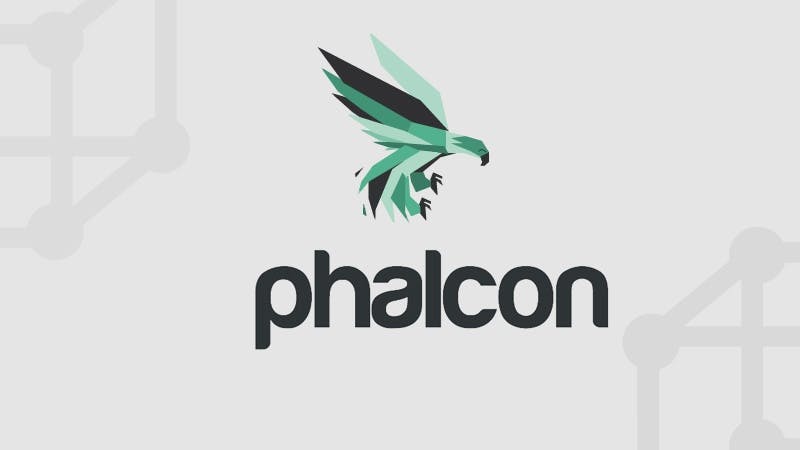
Phalcon is a PHP framework designed for speed. It is a full-stack PHP framework developed entirely in the C programming language. The framework does not require knowledge of C because it makes use of PHP classes and namespaces. The security component of Phalcon aids in password hashing and CSRF prevention.
Volt, Phalcon's template engine, is incredibly fast and includes assistance classes for quickly building views.
Main features are
- Phalcon is easy to set up and operate, making it excellent for creating a highly adaptable web application that adheres to corporate development guidelines.
- Unlike most other PHP frameworks, does not employ file reads and file metrics, resulting in enhanced speed.
- Because code is compiled rather than interpreted, it runs quicker.
- Memory is resident, which means it may be accessed whenever it is required.
You can learn more about Phalcon through Stack Overflow, their various social media channels, and Discord Chat. Organizations such as Edureka, Outsmart, etc. have been known to use this framework.
- Yii
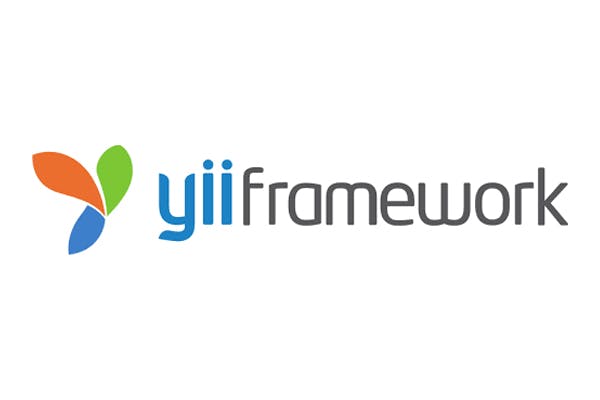
Yii is a component-based PHP framework for quickly creating modern internet programs and it is well-suited to a wide range of web applications. Owing to its wide documentation and good starting guide, it has become one of the simplest to set up.
This framework performs similarly to Phalcon in terms of performance. To speed up web apps, Yii supports four forms of caching: data caching, fragment caching, page caching, and HTTP caching. Third-party code can also be executed within Yii projects. Yii contains several features and extensions one of which is the Gii code generator designed for module creation, model, and CRUD operation.
Main features
- Yii is easy to set up. Because of its significant security features, it is well suited for highly secure applications such as e-commerce, portals, CMS, forums, and so on.
- By representing database data as objects, it is quick, versatile, and allows developers to avoid writing repetitive SQL queries.
- Built-in security features like bcrypt password hashing, encryption, authentication, and authorization provide best practices for preventing SQL injection, XSS, and CSRF attacks.
The Yii community has a Slack group that offers live support to developers. You can as well go through their social media channels for more info. Companies such as Deloitte, Crowdcube, YMCA, etc. use this framework.
- CakePHP
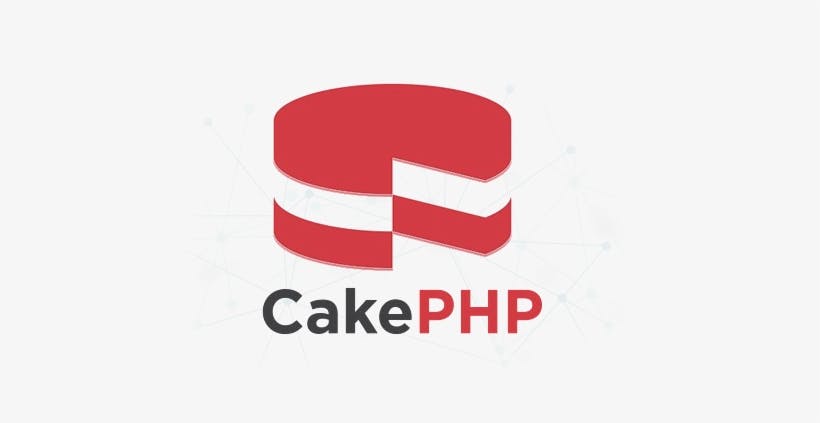
CakePHP was the first PHP MVC framework to arrive on the market in the early 2000s, and it has since improved performance and introduced a bevy of new capabilities. It features a large library with one of the most comprehensive collections of useful components. It's an excellent choice if you need to add difficult-to-find functionality.
This platform employs the convention over configuration method, which implies that it includes sets of coding principles that all users must adhere to. You are not required to work with XML or YAML files. After you've created your database, you can start coding.
CakePHP has its own ORM that is fast and easy to use. Encryption, password hashing, form data protection, and CSRF protection are some of the security features it enables.
This framework's Components and Helpers make development easier and decrease the number of mundane chores you must perform.
Main features
- CakePHP is simple to install, requiring only a web server and a copy of the framework.
- A diverse combination of components such as SQL injection prevention, input validation, cross-site request forgery (CSRF) protection, and cross-site scripting (XSS) protection are among the security features that make it an ideal choice for commercial applications.
- There are several support channels. CakePHP also provides good documentation, a slew of help pages, and premium support through Cake Development Corporation.
Companies known to use this framework are: Citizens Inc, Printivo, InSync solutions, Coconala, etc.
CakePHP materials and plugins may be found on GitHub. To obtain help from the CakePHP developer community, use the support forum, Slack channel, or Stack Overflow. Cake DC, managed by CakePHP inventor Larry Masters, also provides professional help and offers premium assistance as well.
